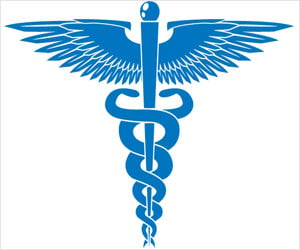State mandates requiring commercial health plans to cover the cost of services for children with ASD have led to an increased number of children treated for ASD.

‘State mandates requiring commercial health plans to cover the cost of services for children with autism spectrum disorder have resulted in an increased number of children being diagnosed and treated for ASD.’





State mandates requiring commercial health plans to cover the cost of services for children with autism spectrum disorder have resulted in an increased number of children being diagnosed and treated for ASD, suggested a new research from the Perelman School of Medicine at the University of Pennsylvania. The findings will be published in JAMA Pediatrics. A team from Penn's department of Psychiatry, led by David Mandell, a professor and director of the Center for Mental Health Policy and Services Research, are the first to embark on research to find out.
Mandell and colleagues examined inpatient and outpatient health insurance claims for children 21 years and younger covered by three of the largest insurers in the U.S. - United HealthCare, Aetna and Humana - from January 2008 through December 2012.
During the study period, 154,089 of the 1,046,850 children in the sample were diagnosed with ASD. In states with ASD insurance mandates, the adjusted prevalence of children diagnosed with ASD was 1.8 per 1,000, compared with 1.6 per 1,000 children in states without a mandate. Overall, the mandates resulted in a 12.7% adjusted increase in prevalence of children diagnosed with ASD.
In addition, the researchers noted that the effects of the mandates increased the longer they remained in effect. In the first year of implementation, mandates were associated with a 10.4% increase in the proportion of children diagnosed with ASD; in the second year of implementation, this percentage rose to 17.1 and then to 18 percent in later years.
Advertisement
Source-Newswise














